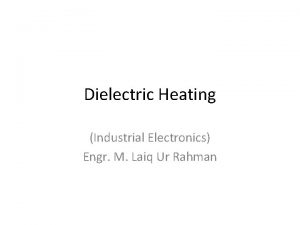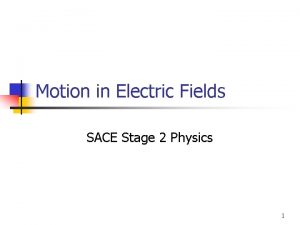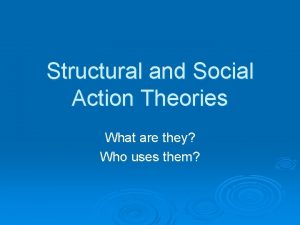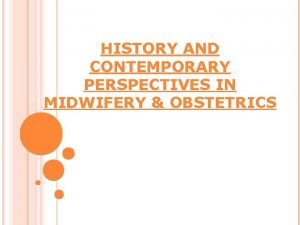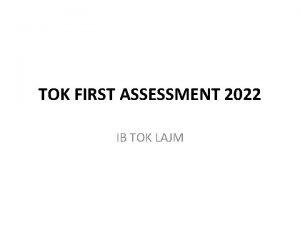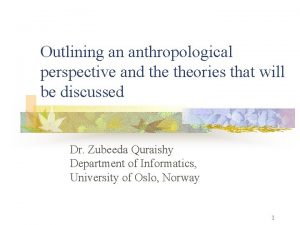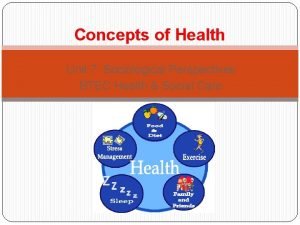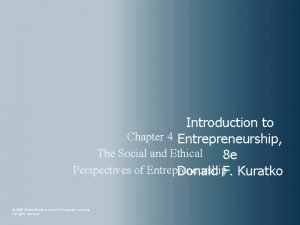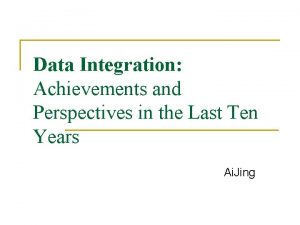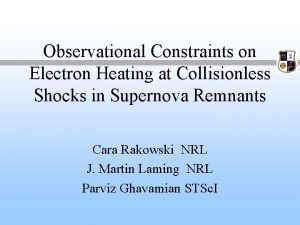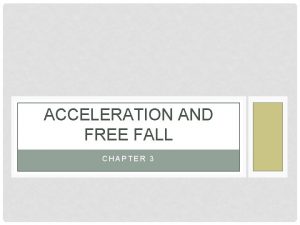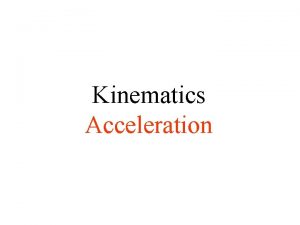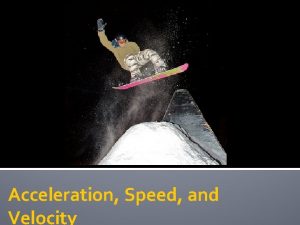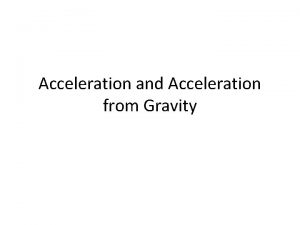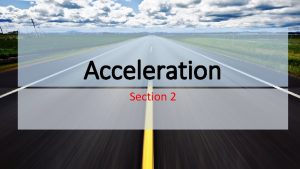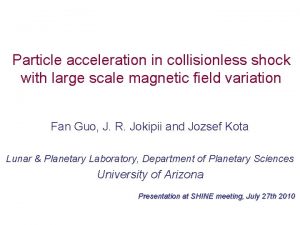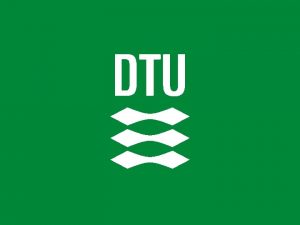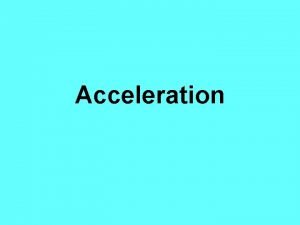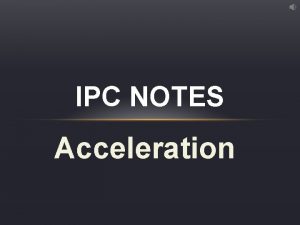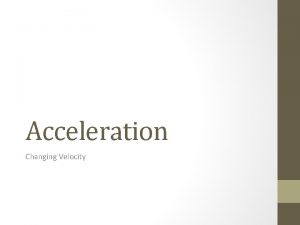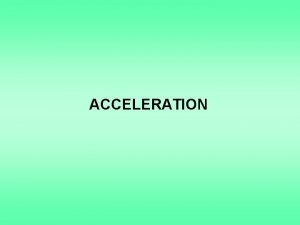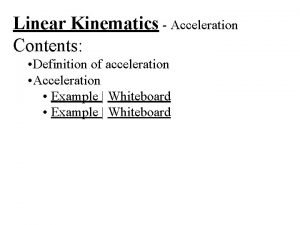Perspectives for Electron Heating and Acceleration at Collisionless




![Modeling Reflected-ion-driven Instability Collisionless Shocks in Space Plasmas [Burgess & Scholer] Assume a homogeneous Modeling Reflected-ion-driven Instability Collisionless Shocks in Space Plasmas [Burgess & Scholer] Assume a homogeneous](https://slidetodoc.com/presentation_image_h2/9fc6bccbef2bfc2773f5c57852422b25/image-5.jpg)











- Slides: 16

Perspectives for Electron Heating and Acceleration at Collisionless Shocks Takanobu Amano (University of Tokyo, Japan) Collaborators: T. Nishigai, T. Katou , N. Kitamura, M. Hoshino (U-Tokyo, Japan), M. Oka (UCB, USA), Y. Matsumoto (Chiba-U, Japan), O. Kobzar (Jagiellonian-U, Poland), J. Niemiec (Institute for Nuclear Physics, Poland), A. Bohdan, M. Pohl (DESY, Germany)

Fundamental Question: Energy Partition Upstream Flow Kinetic Energy Thermal Nonthermal Thermal electrons Nonthermal electrons Wave (EM-field) Thermal ions Crab nebula SN 1006 CME Nonthermal ions Tsurutani+1981 Schaeffer+2017

Electron-Ion Equilibration Ghavamian+2013 • • Te/Ti decreases as a function of Mach number, but some discrepancy exists between planetary bow shocks and SNR shocks. Dependence on other parameters (e. g. , shock obliquity)? Partial ionization or collisional effects? (Hα emission is needed for estimating temperatures at SNRs. ) Regime transition between different Mach numbers?

Rippling (AIC/Mirror): low to medium Mach no. Weibel: high Mach no. Tran & Sironi 2020 theory Cassini Bohdan+2020 Burgess 2006 Winske & Quest 1988 Matsumoto+2015, 2017 Weibel-dominated
![Modeling Reflectediondriven Instability Collisionless Shocks in Space Plasmas Burgess Scholer Assume a homogeneous Modeling Reflected-ion-driven Instability Collisionless Shocks in Space Plasmas [Burgess & Scholer] Assume a homogeneous](https://slidetodoc.com/presentation_image_h2/9fc6bccbef2bfc2773f5c57852422b25/image-5.jpg)
Modeling Reflected-ion-driven Instability Collisionless Shocks in Space Plasmas [Burgess & Scholer] Assume a homogeneous plasma with two distinct ion populations (+ Maxwellian electron): (1) Cold upstream ions Maxwellian distribution (2) Reflected ions Ring-distribution with a finite thermal spread Dispersion relation for parallel propagating electromagnetic waves: Alfven-ion-cyclotron (AIC) instability results from this equation for anisotropic ion distributions (c. f. , Wu & Davidson, 1972). What about Weibel?

Nishigai & Amano (submitted to Po. P) From AIC to Weibel-like sound Mach number AIC-like Alfven Mach number • • • Alfven Mach number The instability property transitions continuously from AIC (γ/Ωi < 1) at lower Mach numbers to Weibel (γ/Ωi » 1) regimes at higher Mach numbers. Typical bow shock parameters will result in AIC-like (or rippling) instability. The Weibel-like instability might become dominant in exceptional solar wind conditions with very small magnetic fields and low temperatures. c. f. , Sundberg+2017, Madanian+2020

Relevance for Electron Heating Feldman+1982 • • Rippling helps electron heating via the cross-shock ES potential even at the pure perpendicular shock (due to local variations of shock obliquity). Different heating mechanisms may operate on top of this at higher Mach number Weibel-dominated shocks. Tran & Sironi 2020

Nonthermal Electrons at Bow Shock Gosling+1989 Oka+2006 • Electron acceleration at sub-relativistic energies are known to occur at the bow shock but only when the shock is quasi-perpendicular. • The acceleration process has not been very well understood, although it appears to be consistent with theory considering a critical Mach number associated with the excitation of whistler waves [Amano & Hoshino 2010].

Multi-scale waves at high-β shock • • Rippling (AIC/Mirror), whistlers, firehose, ES (ion acoustic or Langmuir) waves… A clear power-law tail is identified for the downstream spectrum. Kobzar+ (submitted to Ap. J)

Particle Scattering and Acceleration downstream Kobzar+ (submitted) upstream mirror reflection + scattering Matsumoto+2017 Katou & Amano 2019

Whistler-Electron Interaction (MMS obs. ) Oka+2017

Stochastic Shock Drift Acceleration (SSDA) Amano+(2020, PRL), Katou & Amano (2019, Ap. J), Kobzar+(2019, ICRC), Matsumoto+(2017, PRL)

transition layer Bow Shock Crossing on 2016 Dec 9 • Vsw ~ 600 km/s • θBn ~ 85 (quasi-perp. ) • MA ~ 8. 9 (high Mach num. ) Substantial flux enhancements for high energy (>1 ke. V) electrons. FEEPS also detected electrons up to ~100 ke. V. Unusual for bow shock crossings.

Exponential increase of particle intensity Nearly isotropic pitch-angle distribution Enhanced wave power (in particular, high-frequency whistlers)

power-law resonance energy 0. 1 -1 ke. V Dµµ > threshold whistlers (f/fce = 0. 1 -0. 5) threshold based on QLT Amano+(2020, PRL)

Conclusions and Perspectives (1) (2) (3) (1) Heating up to shoulder ES wave and PSD measurements will be able to confirm the heating mechanism and quantify the parameter dependence. (2) Suprathermal tail More detailed analyses of (both high and low freq. ) whistlers are needed to investigate the dependence on the wave properties (e. g. , power, propagation directions). (3) Cutoff Confirmation of theoretical dependence will provide a solid evidence for the electron injection and, furthermore, an estimate for the injection rate at astrophysical shocks.
 Dielectric heating
Dielectric heating Linear quantity
Linear quantity Kinetic angular energy
Kinetic angular energy Centripetal acceleration tangential acceleration
Centripetal acceleration tangential acceleration Centripetal acceleration vs centripetal force
Centripetal acceleration vs centripetal force Is radial acceleration the same as centripetal acceleration
Is radial acceleration the same as centripetal acceleration Electric field
Electric field Social action theory examples
Social action theory examples Professional nursing practice: concepts and perspectives
Professional nursing practice: concepts and perspectives Historical perspective of midwifery ppt
Historical perspective of midwifery ppt Child development principles and perspectives
Child development principles and perspectives Tok essay 2022
Tok essay 2022 Anthropological perspective
Anthropological perspective Unit 7 health and social care
Unit 7 health and social care Perspective and methodology of economics
Perspective and methodology of economics The social and ethical perspectives of entrepreneurship
The social and ethical perspectives of entrepreneurship Data integration problems approaches and perspectives
Data integration problems approaches and perspectives
